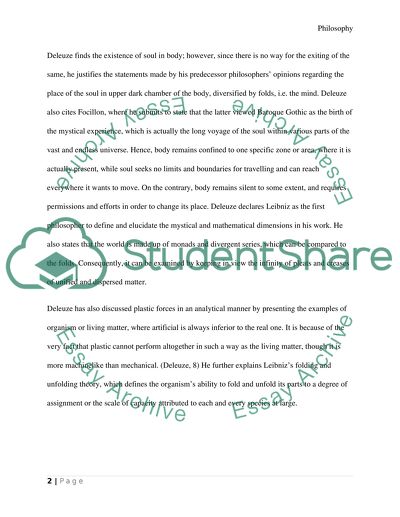Cite this document
(“Leibniz and the Baroque Essay Example | Topics and Well Written Essays - 2000 words”, n.d.)
Retrieved from https://studentshare.org/philosophy/1444504-leibniz-and-the-baroque
Retrieved from https://studentshare.org/philosophy/1444504-leibniz-and-the-baroque
(Leibniz and the Baroque Essay Example | Topics and Well Written Essays - 2000 Words)
https://studentshare.org/philosophy/1444504-leibniz-and-the-baroque.
https://studentshare.org/philosophy/1444504-leibniz-and-the-baroque.
“Leibniz and the Baroque Essay Example | Topics and Well Written Essays - 2000 Words”, n.d. https://studentshare.org/philosophy/1444504-leibniz-and-the-baroque.


